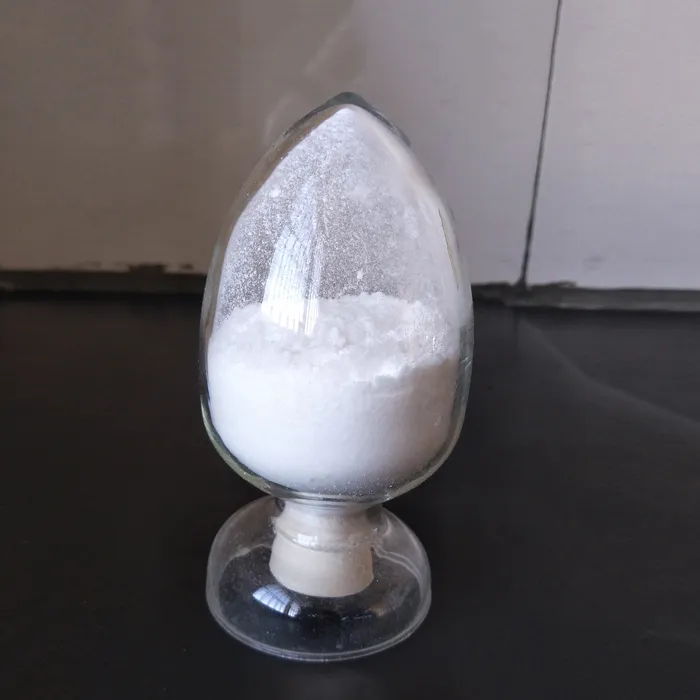Understanding the Active Pharmaceutical Ingredient (API) Process
Active Pharmaceutical Ingredients (APIs) are the crucial components in pharmaceutical products responsible for the therapeutic effects. Understanding the API process is vital for pharmaceutical companies and regulatory authorities to ensure the production of safe, effective, and high-quality medications. This article explores the stages involved in the API process, from discovery to manufacturing, and the regulatory considerations that govern it.
1. Discovery and Development
The first step in the API process is the discovery phase, where scientists identify potential compounds that may be developed into drugs. This phase involves extensive research, which includes hit identification through high-throughput screening, structure-activity relationship (SAR) studies, and lead optimization. Once an effective compound has been identified, it undergoes preclinical testing to evaluate its pharmacological activity and toxicity, laying the foundation for further development.
2. Process Design and Optimization
Once a compound has shown promise in preclinical studies, the focus shifts to developing a scalable synthesis route. This involves designing a synthetic pathway that is not only efficient but also cost-effective and environmentally friendly. Process chemistry plays a pivotal role here, as chemists must consider factors such as yield, purity, and the feasibility of large-scale production.
The optimization process often involves the creation of several synthetic methods and the selection of the most suitable one based on economic and safety criteria. This step is critical as it impacts the final quality of the API and its market competitiveness.
After establishing a robust synthesis method, the next phase is scale-up production. This step transitions the laboratory process to larger-scale manufacturing, which involves more sophisticated equipment and techniques. During this phase, it's essential to monitor the process closely to ensure that the quality and characteristics of the API remain consistent with those produced in small-scale experiments.
active pharmaceutical ingredient process

Challenges in scale-up can arise due to differences in reaction kinetics and thermodynamics when moving from grams to kilograms or even tons. Therefore, comprehensive validation and optimization of the process parameters are essential to mitigate these risks.
4. Quality Control and Assurance
Quality control (QC) is an integral part of the API process. It ensures that the active ingredients meet the required standards for purity, potency, and consistency. Regulatory agencies, such as the FDA and EMA, require stringent testing protocols that encompass various parameters, including stability testing, impurity profiling, and dissolution testing.
Quality assurance (QA) mechanisms are also vital, as they provide a framework for maintaining compliance with Good Manufacturing Practices (GMP). A robust QA system helps in identifying and mitigating potential issues in the production process that could compromise product quality.
5. Regulatory Compliance
Regulatory compliance is a critical aspect of the API process. Pharmaceuticals are tightly regulated to ensure patient safety and efficacy. Therefore, API manufacturers must navigate complex regulatory frameworks set by health authorities. This involves submitting comprehensive documentation, including detailed information about the source of raw materials, the manufacturing process, and the resulting analytical data.
Regulatory inspections are conducted to ensure compliance with GMP standards, and any deficiencies discovered can lead to significant delays in product approval or even the revocation of licenses. As such, maintaining good relationships with regulatory bodies and ensuring ongoing compliance are priorities for API manufacturers.
Conclusion
The API process is a multi-faceted journey that entails rigorous research, innovative chemistry, quality control, and strict adherence to regulatory standards. Each stage of this process is interconnected, underscoring the importance of a holistic approach to drug development. Understanding these processes is crucial for anyone involved in the pharmaceutical industry, as it directly impacts the development of safe and effective medications for patients worldwide. The continual evolution of technology and methodology in this field promises to enhance API production, ensuring that pharmaceuticals meet the ever-increasing demands for quality and efficacy in healthcare.

